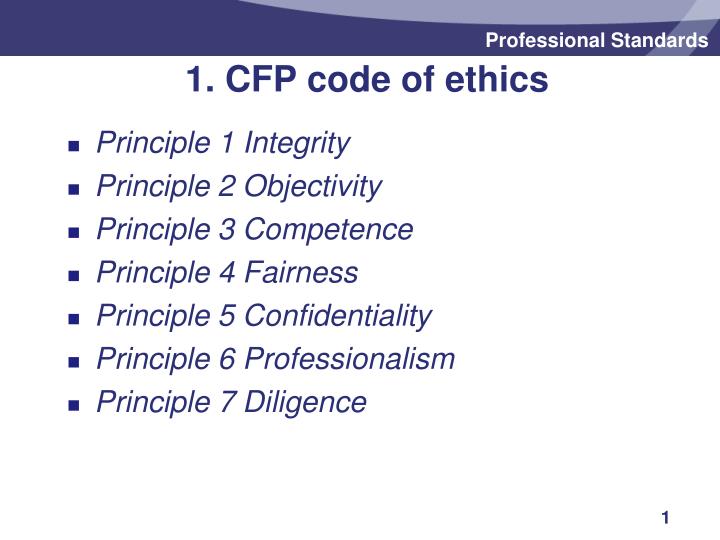
Financial planners have used the 4 rule for years to determine safe retirement spending amounts. Its inventor said that it is difficult to forecast accurately due to current market conditions. Current inflation is at 8.5%. The stock and bond markets have high valuations, making it difficult for future returns to be accurately predicted.
4% rule
Retirement planning can be as simple as the 4% rule. The formula does not require you to put all of your money into stocks. However, it can help calculate your retirement income. It is important that you remember that the 4 Percent rule assumes that there are 50/50 stocks and bonds. However, this may not be the case for everyone, because risk tolerance varies among individuals.

The 4% rule has another problem. It assumes that there will be a constant rate for return each year. This is unrealistic since the stock market does not always rise. Because of this, your retirement fund may not grow as quickly as you would like. Morningstar researchers suggest that the 4% rule be raised to 3.3% by Morningstar, which would make it more realistic for retirees.
The disadvantages of the 4% rule
The 4% Rule is not the best approach for retirement savings because it does not take into account changes in spending patterns. Retirement savers tend to spend more on travel and hobbies in their early years. Their spending decreases in the middle and rises again in the later years because of costly healthcare expenses. These changes in lifestyle are not considered by the four rule. It also limits the amount of money a taxpayer can withdraw to retirement accounts.
This rule is not current and doesn't take into consideration market conditions. You might have to decrease your withdrawals if there is a recession. However, in a market that is stable, you may be able withdraw more money.
Alternatives for the 4% rule
If you are looking for a conservative way to invest in retirement, you might want to look into alternatives to the standard 4% rule. The original purpose of 4% was to allow for market volatility. But it's flawed today. Instead of being conservative, it advocates aggressive asset allocation. This is usually 50-75% stocks.

As an example, you could withdraw 7% the first year instead of 4%. This strategy doesn't account for the changing market. That means your withdrawals in a downturn might be lower than during a boom. The 4% rule also assumes a 30-year time horizon, but your portfolio may not last that long. Furthermore, the 4% rule doesn’t consider the performance of the market.
FAQ
What is risk management in investment management?
Risk Management is the practice of managing risks by evaluating potential losses and taking appropriate actions to mitigate those losses. It involves identifying and monitoring, monitoring, controlling, and reporting on risks.
A key part of any investment strategy is risk mitigation. The goal of risk management is to minimize the chance of loss and maximize investment return.
These are the key components of risk management
-
Identifying the source of risk
-
Monitoring and measuring the risk
-
How to manage the risk
-
How to manage the risk
What is wealth management?
Wealth Management is the art of managing money for individuals and families. It includes all aspects of financial planning, including investing, insurance, tax, estate planning, retirement planning and protection, liquidity, and risk management.
How do you get started with Wealth Management
First, you must decide what kind of Wealth Management service you want. There are many Wealth Management service options available. However, most people fall into one or two of these categories.
-
Investment Advisory Services - These professionals will help you determine how much money you need to invest and where it should be invested. They also provide investment advice, including portfolio construction and asset allocation.
-
Financial Planning Services – This professional will help you create a financial plan that takes into account your personal goals, objectives, as well as your personal situation. Based on their expertise and experience, they may recommend investments.
-
Estate Planning Services- An experienced lawyer will help you determine the best way for you and your loved to avoid potential problems after your death.
-
If you hire a professional, ensure they are registered with FINRA (Financial Industry Regulatory Authority). If you are not comfortable working with them, find someone else who is.
How does Wealth Management work
Wealth Management can be described as a partnership with an expert who helps you establish goals, assign resources, and track progress towards your goals.
In addition to helping you achieve your goals, wealth managers help you plan for the future, so you don't get caught by unexpected events.
They can also help you avoid making costly mistakes.
What are the various types of investments that can be used for wealth building?
There are many investments available for wealth building. Here are some examples:
-
Stocks & Bonds
-
Mutual Funds
-
Real Estate
-
Gold
-
Other Assets
Each has its benefits and drawbacks. For example, stocks and bonds are easy to understand and manage. They can fluctuate in price over time and need active management. However, real estate tends be more stable than mutual funds and gold.
It comes down to choosing something that is right for you. You need to understand your risk tolerance, income requirements, and investment goals in order to choose the best investment.
Once you've decided on what type of asset you would like to invest in, you can move forward and talk to a financial planner or wealth manager about choosing the right one for you.
Statistics
- These rates generally reside somewhere around 1% of AUM annually, though rates usually drop as you invest more with the firm. (yahoo.com)
- Newer, fully-automated Roboadvisor platforms intended as wealth management tools for ordinary individuals often charge far less than 1% per year of AUM and come with low minimum account balances to get started. (investopedia.com)
- A recent survey of financial advisors finds the median advisory fee (up to $1 million AUM) is just around 1%.1 (investopedia.com)
- US resident who opens a new IBKR Pro individual or joint account receives a 0.25% rate reduction on margin loans. (nerdwallet.com)
External Links
How To
How to Invest your Savings to Make Money
You can generate capital returns by investing your savings in different investments, such as stocks, mutual funds and bonds, real estate, commodities and gold, or other assets. This is called investing. This is called investing. It does not guarantee profits, but it increases your chances of making them. There are many options for how to invest your savings. You can invest your savings in stocks, mutual funds, gold, commodities, real estate, bonds, stock, ETFs, or other exchange traded funds. These are the methods we will be discussing below.
Stock Market
The stock market is an excellent way to invest your savings. You can purchase shares of companies whose products or services you wouldn't otherwise buy. Additionally, stocks offer diversification and protection against financial loss. For example, if the price of oil drops dramatically, you can sell your shares in an energy company and buy shares in a company that makes something else.
Mutual Fund
A mutual fund is a pool of money invested by many individuals or institutions in securities. They are professionally managed pools of equity, debt, or hybrid securities. The mutual fund's investment goals are usually determined by its board of directors.
Gold
Gold has been known to preserve value over long periods and is considered a safe haven during economic uncertainty. It is also used as a form of currency in some countries. Due to investors looking for protection from inflation, gold prices have increased significantly in recent years. The supply/demand fundamentals of gold determine whether the price will rise or fall.
Real Estate
The land and buildings that make up real estate are called "real estate". When you buy realty, you become the owner of all rights associated with it. Rent out a portion your house to make additional income. You could use your home as collateral in a loan application. The home may be used as collateral to get loans. You must take into account the following factors when buying any type of real property: condition, age and size.
Commodity
Commodities are raw materials, such as metals, grain, and agricultural goods. As commodities increase in value, commodity-related investment opportunities also become more attractive. Investors who want capital to capitalize on this trend will need to be able to analyse charts and graphs, spot trends, and decide the best entry point for their portfolios.
Bonds
BONDS are loans between governments and corporations. A bond is a loan that both parties agree to repay at a specified date. In exchange for interest payments, the principal is paid back. If interest rates are lower, bond prices will rise. An investor buys a bond to earn interest while waiting for the borrower to pay back the principal.
Stocks
STOCKS INVOLVE SHARES OF OWNERSHIP IN A CORPORATION. Shares represent a small fraction of ownership in businesses. You are a shareholder if you own 100 shares in XYZ Corp. and have the right to vote on any matters affecting the company. Dividends are also paid out to shareholders when the company makes profits. Dividends are cash distributions to shareholders.
ETFs
An Exchange Traded Fund (ETF) is a security that tracks an index of stocks, bonds, currencies, commodities, or other asset classes. ETFs trade in the same way as stocks on public exchanges as traditional mutual funds. The iShares Core S&P 500 Exchange Tradeable Fund (NYSEARCA : SPY) tracks the performance of Standard & Poor’s 500 Index. If you purchased shares of SPY, then your portfolio would reflect the S&P 500's performance.
Venture Capital
Venture capital is the private capital venture capitalists provide for entrepreneurs to start new businesses. Venture capitalists finance startups with low to no revenue and high risks of failure. Venture capitalists invest in startups at the early stages of their development, which is often when they are just starting to make a profit.